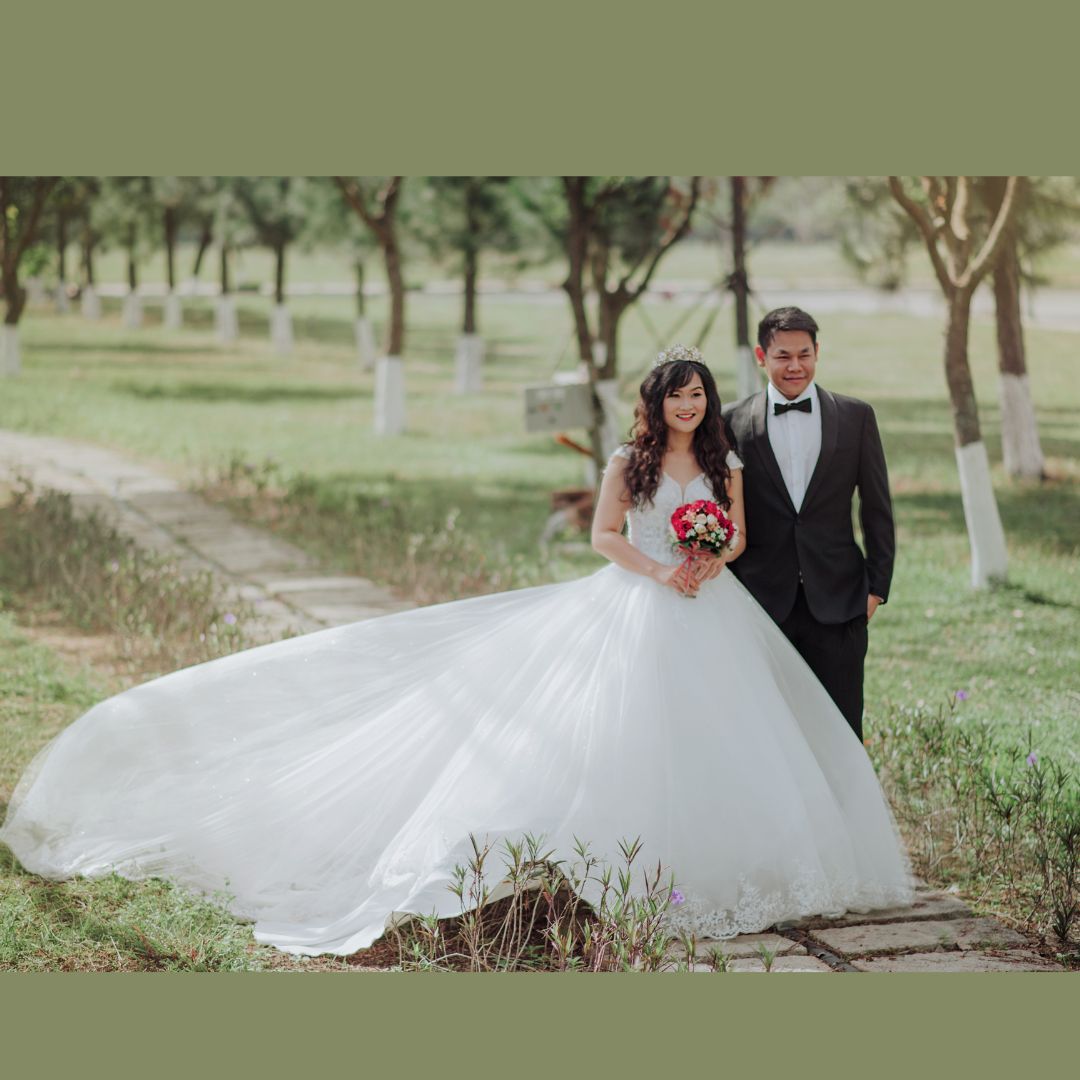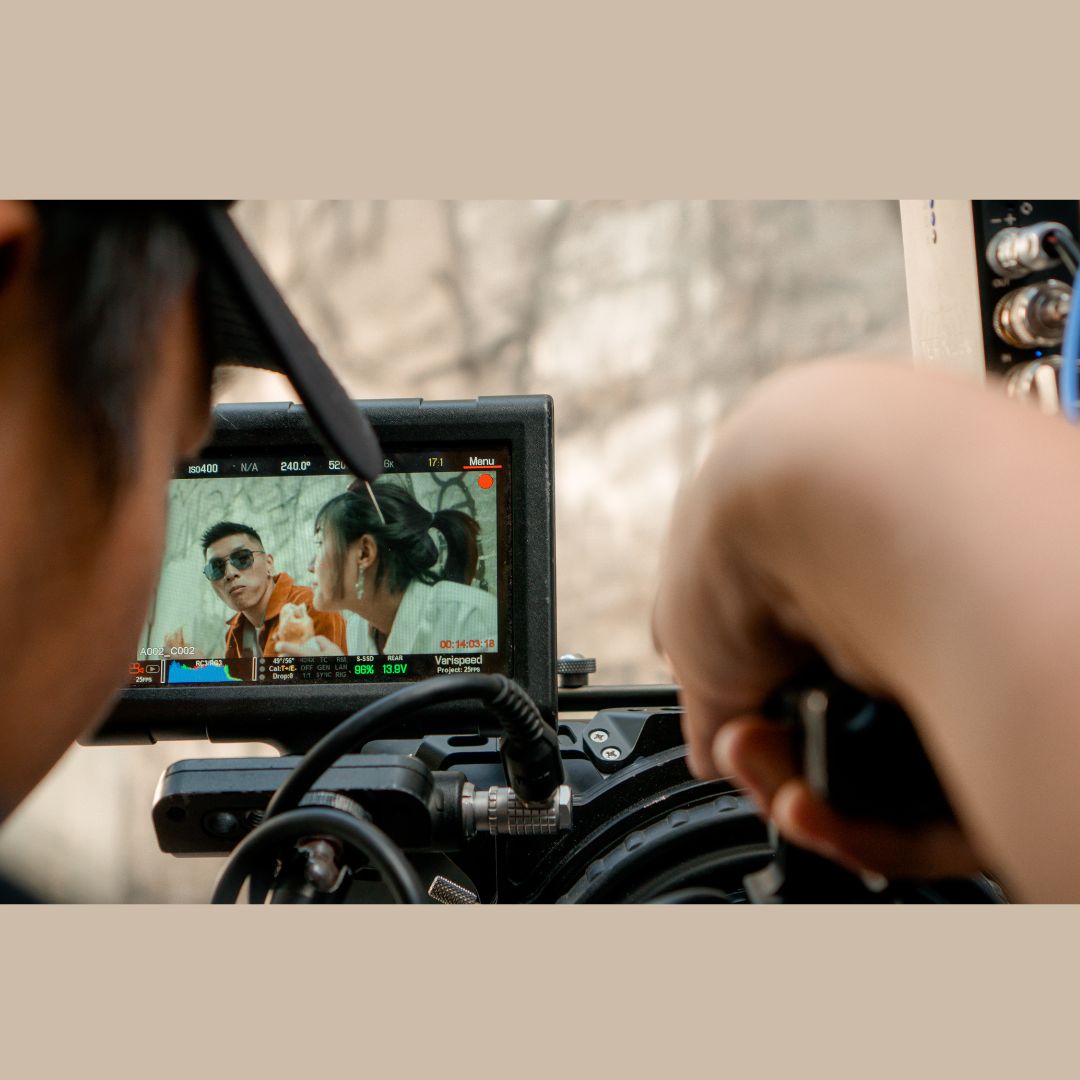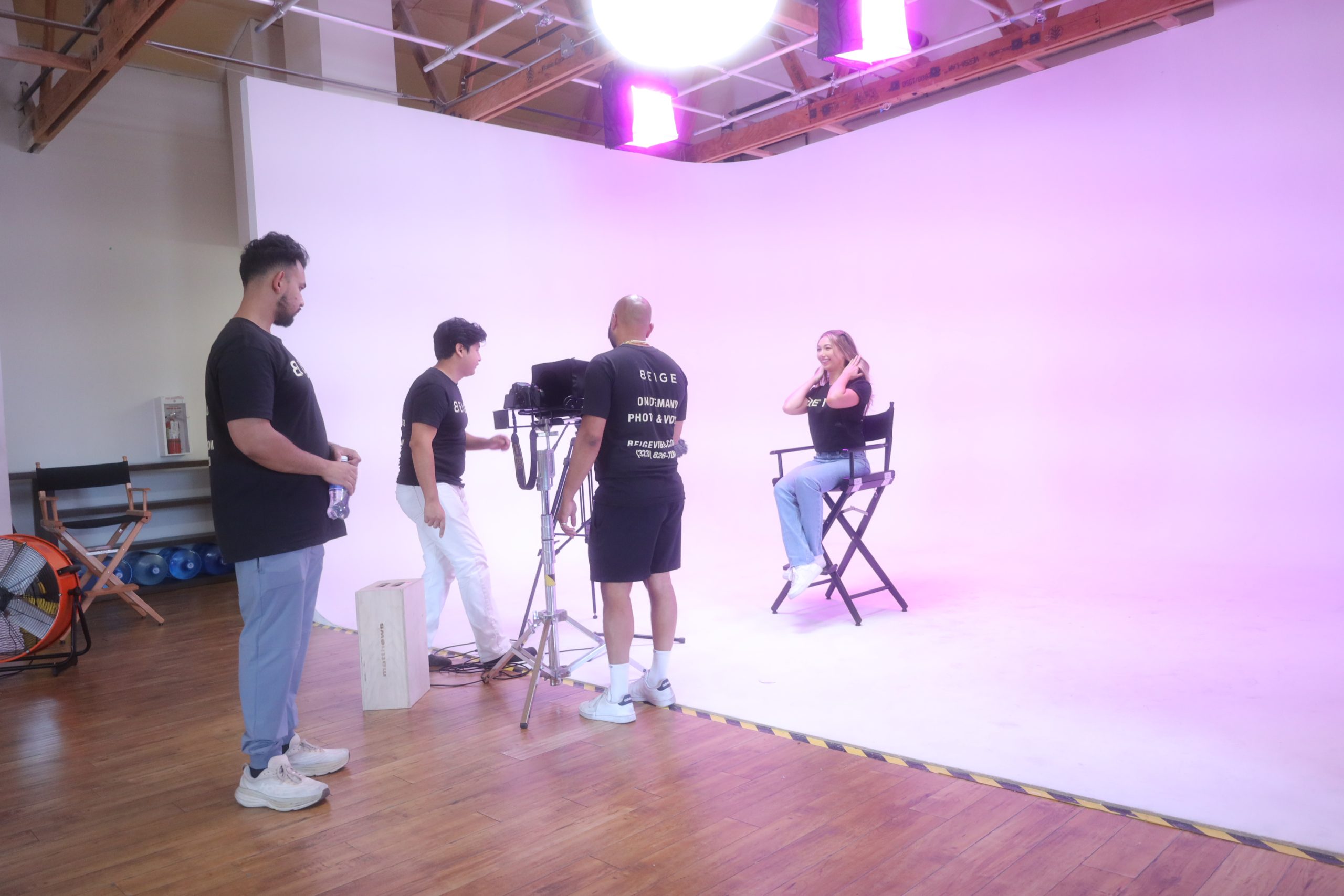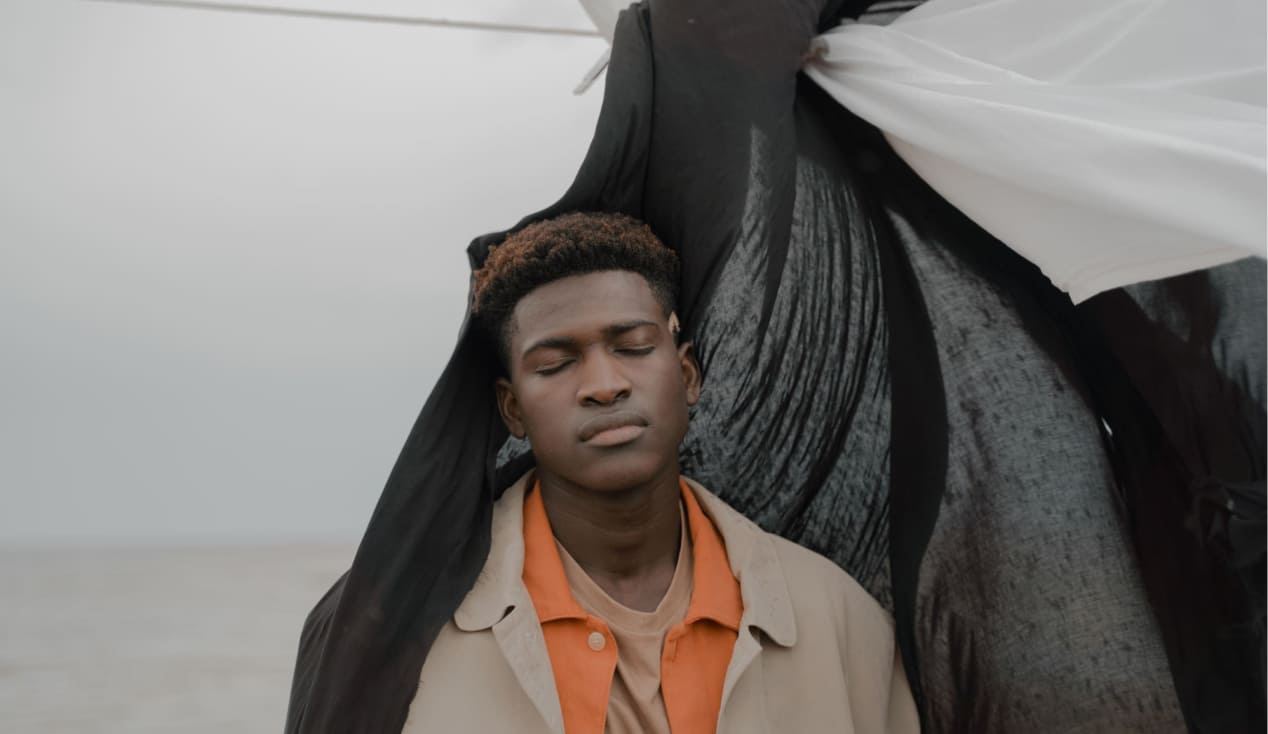Jewelry photography is a specialized field that requires specific skills, techniques, and equipment to capture stunning photos that showcase the beauty and intricacies of jewelry pieces. Whether you are a professional jewelry photographer or an enthusiast looking to improve your skills, understanding the key aspects of jewelry photography is essential.
To excel in jewelry photography, several skills and techniques are required:
1. Knowledge of Lighting: Understanding how to use lighting effectively is crucial in jewelry photography to highlight the details, colors, and textures of the pieces.
2. Understanding of Macro Photography: Macro photography allows for close-up shots that capture the intricate details of jewelry. Having expertise in this area is vital.
3. Attention to Detail: Jewelry photography demands meticulous attention to detail to capture the precise focus, symmetry, and sparkle of the pieces.
4. Use of Props and Backgrounds: Choosing the right props and backgrounds can enhance the overall composition and aesthetics of the jewelry photos.
In addition to skills and techniques, having the right equipment is essential for high-quality jewelry photography. The essential equipment includes:
1. Camera and Lens: A high-resolution camera and a suitable lens for capturing macro shots are necessary for detailed and sharp images.
2. Tripod: Using a sturdy tripod helps maintain stability and eliminates camera shake, especially when shooting in low light or capturing close-up shots.
3. Lighting Set-Up: Proper lighting equipment, such as softboxes, diffusers, and reflectors, is essential for controlling light and minimizing reflections or shadows.
4. Reflectors and Diffusers: These accessories help manipulate light to achieve the desired lighting effects and reduce glare on reflective surfaces.
To capture stunning jewelry photos, consider the following tips:
1. Clean and Prepare the Jewelry: Clean the pieces thoroughly and remove any fingerprints or smudges before shooting to ensure a flawless appearance.
2. Set Up a Controlled Environment: Create a controlled environment by using a lightbox or a white backdrop to achieve a clean and consistent background.
3. Experiment with Different Angles and Perspectives: Try shooting from various angles to highlight different features and create visually appealing compositions.
4. Utilize Props and Accessories: Incorporate props or styling elements that complement the jewelry and enhance the overall visual impact of the photos.
Post-processing and editing are crucial steps in jewelry photography. Some techniques to consider are:
1. Color Correction and Enhancement: Adjusting the colors, hues, and tones can make the jewelry appear more vibrant and appealing.
2. Retouching and Removing Imperfections: Use editing tools to remove any blemishes, scratches, or dust particles from the jewelry to achieve a flawless look.
3. Adding Shining and Sparkling Effects: Enhance the brilliance and sparkle of gemstones by adding selective highlights or adjusting the contrast and brightness.
Finally, showcasing and marketing your jewelry photos is essential to reach a wider audience and attract potential clients. Consider creating an online portfolio or website to showcase your work, utilize social media platforms to share your photos, and collaborate with jewelry brands and designers to gain exposure and expand your network.
By mastering these skills, techniques, and utilizing the right equipment, you can capture stunning jewelry photos that showcase the beauty and craftsmanship of these exquisite pieces.
Skills and Techniques Required for Jewelry Photography
Mastering the art of jewelry photography requires a unique set of skills and techniques. From creating the perfect lighting setup to focusing on the intricate details, every element plays a vital role. In this section, we’ll explore the key skills needed to capture stunning jewelry photographs. From understanding the nuances of lighting to mastering macro photography, we’ll delve into the techniques that bring out the beauty and allure of exquisite jewelry. With careful attention to detail and the use of props and backgrounds, photographers can transform these precious pieces into visual masterpieces.
Knowledge of Lighting
Having a solid knowledge of lighting is crucial for successful jewelry photography. Here are some key points to consider regarding lighting techniques:
- Understanding lighting techniques: possessing a deep understanding of how to utilize different types of lighting, such as natural light, studio lights, and light modifiers, is essential in order to enhance the appearance of the jewelry.
- Balancing light and shadows: achieving the perfect balance between light and shadows is of utmost importance in order to effectively highlight the intricate details and textures of the jewelry.
- Controlling reflections: one must have the ability to control and minimize reflections in order to capture clear and vibrant images of the jewelry.
- Creating a mood: lighting plays a significant role in setting the desired mood and atmosphere for showcasing the jewelry.
A professional jewelry photographer once faced challenges with achieving ideal lighting for a pair of delicate diamond earrings. After numerous attempts, they discovered that by diffusing the light source and using a reflector to bounce light onto the earrings, they were able to produce stunning results that emphasized the sparkle and brilliance of the diamonds. This experience solidified their understanding of the importance of lighting techniques in jewelry photography.
Understanding of Macro Photography
To capture stunning jewelry photos, it is crucial to have a thorough understanding of macro photography. Here are some key points to consider when shooting jewelry:
1. Equipment: It is essential to invest in a good macro lens that can capture intricate details. Additionally, using a tripod is necessary to ensure stability during the photography process.
2. Lighting: To minimize harsh shadows and highlight the textures of the jewelry, it is recommended to use diffused lighting.
3. Depth of Field: Adjusting the aperture allows you to achieve a shallow depth of field. This technique brings attention to specific areas of the jewelry, enhancing its beauty.
4. Focus and Composition: Paying attention to focus accuracy is crucial when photographing jewelry. Experimenting with different angles can help showcase the unique features of each piece.
5. Editing: Utilize software tools to enhance sharpness, color accuracy, and remove any imperfections from your jewelry photos.
By mastering macro photography, you will be able to bring out the beauty and intricacy of jewelry in your photographs. Enjoy experimenting and let your creativity shine through!
Attention to Detail
Attention to detail is absolutely essential in jewelry photography if you want to accurately capture the intricate beauty present in each piece. There are several crucial aspects that must be focused on to achieve this:
- Composition: When capturing jewelry images, it is crucial to pay close attention to the placement and arrangement of the pieces. This meticulous attention to composition will result in visually appealing photographs.
- Sharpness: To ensure that every single intricate detail of the jewelry is perfectly in focus, it is important to utilize a tripod and adjust camera settings accordingly.
- Lighting: Effective lighting techniques are key in highlighting the texture, shine, and sparkle of the jewelry, truly accentuating its innate beauty.
- Cleanliness: Prior to photographing the jewelry, it is imperative that it is thoroughly cleaned and polished to eliminate any fingerprints, dust particles, or imperfections that could negatively affect the final image.
- Angles: Experimenting with various angles and perspectives is crucial to capturing the unique features and dimensions of each piece accurately.
- Focus Stacking: When taking close-up shots of the jewelry, employing focus stacking techniques can greatly enhance the sharpness and clarity of the entire piece.
- Retouching: Implementing post-processing techniques can greatly improve the final image by removing any minor imperfections and ensuring consistent colors throughout.
Use of Props and Backgrounds
Using props and backgrounds is crucial for creating visually appealing and engaging jewelry photos. Here are some key points to consider:
- Props: Utilize props strategically to elevate the overall aesthetic of the photo. This can encompass various objects such as jewelry boxes, flowers, fabrics, or decorative elements that complement the jewelry.
- Backgrounds: Opt for backgrounds that seamlessly complement the style and theme of the jewelry. Take into account using textured surfaces, colored fabrics, or naturally occurring elements like leaves or stones.
- Color coordination: Ensure that the props and backgrounds harmonize with the colors of the jewelry, forming a cohesive composition.
- Composition: Arrange the props and jewelry in a visually pleasing manner, paying attention to balance, symmetry, and focal points.
- Experimentation: Be willing to try different combinations of props and backgrounds in order to discover the most visually striking composition.
Essential Equipment for Jewelry Photography
When it comes to capturing stunning jewelry photographs, having the right equipment is key. In this section, we’ll dive into the essential gear every jewelry photographer needs. From the perfect camera and lens combination to the importance of a sturdy tripod, we’ll explore how each piece of equipment contributes to creating professional-quality jewelry images. We’ll discuss the significance of a well-designed lighting set-up and the use of reflectors and diffusers to enhance the brilliance and details of your jewelry shots. Get ready to elevate your jewelry photography game with the right tools!
Camera and Lens
A camera and lens are crucial components when it comes to jewelry photography. When selecting these essential tools, it is important to keep the following considerations in mind:
- Camera: Ensure that you opt for a camera with a high resolution, manual controls for adjusting shutter speed, aperture, and ISO. For versatility and superior image quality, it is recommended to choose either a DSLR or mirrorless camera.
- Lens: Utilize a macro lens to capture the intricate details and achieve close-up shots. An ideal focal length for jewelry photography is 50mm or more. Additionally, it is worth considering a lens equipped with image stabilization to minimize any potential camera shake.
Always conduct thorough research and compare various camera and lens options to identify the best fit for your specific requirements and budget.
Tripod
Using a tripod is essential for achieving sharp and steady jewelry photographs. Here are some benefits of using a tripod:
- Stability: Tripods provide stability to prevent camera shake and ensure sharp images.
- Precision: They allow for precise framing and composition adjustments, keeping your jewelry in focus.
- Long Exposures: Tripods enable longer shutter speeds, perfect for capturing intricate details and achieving proper exposure.
- Consistency: By using a tripod, you can maintain consistent angles and perspectives throughout your shoot.
- Flexibility: Tripods come in various sizes and designs, offering versatility for different shooting scenarios.
Interestingly, the history of tripods dates back to ancient civilizations, where they were used by astronomers and surveyors to support their instruments. They have since evolved into indispensable tools for photographers, ensuring stability and enhancing the quality of their images.
Lighting Set-Up
- A well-executed lighting set-up is essential for capturing high-quality jewelry photos. Properly considering the key elements can make a significant difference in the overall result.
- One crucial aspect is the use of a combination of natural and artificial light sources. By incorporating both types of lighting, you can achieve a soft and even illumination with natural light, while also having the ability to control the lighting conditions using artificial light.
- Lighting modifiers such as diffusers and reflectors play a vital role in controlling and enhancing the light. Diffusers help soften harsh light, while reflectors bounce light back onto the jewelry, reducing shadows and adding depth to the image.
- Experimenting with different lighting angles can help emphasize the jewelry’s features. Side lighting, for instance, can create interesting depth and texture, while backlighting can produce a halo effect, enhancing the gemstones’ beauty.
- Another crucial consideration is the light temperature of the light sources. Cooler light, which has a bluish hue, can give a modern and crisp look, while warm light with a yellowish tint can create a softer and more romantic ambiance.
A well-executed lighting set-up can truly showcase the brilliance and sparkle of jewelry, making it incredibly appealing to potential buyers.
Reflectors and Diffusers
- Reflectors and diffusers are indispensable tools in jewelry photography for controlling and manipulating light.
- Reflectors: These valuable accessories help bounce light onto the jewelry, reducing shadows and creating a more even lighting. They come in various shapes and sizes, such as silver, gold, or white panels.
- Diffusers: These essential components soften and diffuse harsh light, minimizing glare and reflections on the jewelry. They can be made from materials like fabric or translucent plastic and are placed between the light source and the jewelry.
- Using both reflectors and diffusers in unison can result in a well-balanced and flattering lighting setup for capturing the intricate details and textures of jewelry pieces.
Tips for Capturing Stunning Jewelry Photos
Capturing stunning jewelry photos requires more than just a steady hand and a good camera. In this section, we’ll uncover some invaluable tips that’ll help you transform ordinary shots into captivating masterpieces. Clean and prepare the jewelry to enhance its allure, set up a controlled environment to control lighting and reflections, experiment with angles and perspectives to bring out unique features, and don’t be afraid to utilize props and accessories to add that extra touch of glam. Get ready to unlock the secrets of professional jewelry photography!
Clean and Prepare the Jewelry
To ensure stunning jewelry photos, it is crucial to thoroughly clean and carefully prepare the jewelry. Here are a few steps to achieve the best results:
- Gently clean the jewelry using a soft cloth and mild soap to effectively remove any dirt or fingerprints.
- Inspect the jewelry for any damage or imperfections and address them before capturing photographs.
- Use jewelry cleaner or a specialized cleaning solution to effectively eliminate tarnish or discoloration.
- Polish the jewelry to bring out its exquisite shine and enhance its luster.
- Arrange the jewelry in an attractive and visually appealing manner, taking into consideration its unique shape and design.
- Remove any distracting elements such as dust, lint, or stray hairs from the jewelry’s surface.
- Ensure that the background and props complement the jewelry and accentuate its beauty.
- Double-check that the lighting is well-balanced, capturing the intricate details and sparkling facets of the jewelry.
- Take multiple shots from various angles to showcase the different facets and perspectives of the jewelry.
By following these meticulous steps, you can ensure that your jewelry photos are impeccably clean, visually appealing, and perfectly prepared for showcasing or marketing purposes.
Set Up a Controlled Environment
To capture stunning jewelry photos, it is essential to set up a controlled environment. Here are the steps to achieve this:
- Choose a well-lit area with ample natural light or invest in a good lighting setup to set up a controlled environment.
- Control the background by using a clean, solid-colored backdrop to eliminate distractions and establish a controlled environment.
- Use a light tent or diffusers to soften and evenly distribute the light on the jewelry, contributing to a controlled environment.
- Position the jewelry on a stable surface, such as a Plexiglas sheet, to avoid any movement and maintain a controlled environment.
- Minimize reflections by using polarizing filters or by adjusting the angles of the jewelry and lights, ensuring a controlled environment.
- Ensure cleanliness by using lint-free cloths and gloves to handle the jewelry, a crucial aspect of setting up a controlled environment.
- Adjust the camera settings and shoot in RAW format for more flexibility during post-processing, enhancing the controlled environment.
Fact: Setting up a controlled environment reduces the need for extensive editing and produces high-quality jewelry photos.
Experiment with Different Angles and Perspectives
Experimenting with different angles and perspectives is the key to capturing stunning jewelry photos. If you want to showcase the design and details of the jewelry piece, try shooting from above. For capturing the profile and depth of the jewelry, a side angle would be ideal. Highlight the intricate textures and gemstones by using a close-up or macro lens. To create unique and interesting compositions, don’t hesitate to experiment with unconventional angles like shooting from below or through a prop. Adding props or models can bring dimension and context to the jewelry, allowing you to play with perspective. By exploring various angles and perspectives, you’ll be able to create visually captivating jewelry photos that truly showcase the beauty and craftsmanship of each piece.
Utilize Props and Accessories
Utilizing props and accessories is an essential aspect of jewelry photography, as it allows for the enhancement of the overall presentation and appeal of the pieces. Here are some effective ways to incorporate props and accessories in jewelry photography:
- Utilize props that complement the style and theme of the jewelry, such as jewelry boxes, fabric backgrounds, or natural elements like flowers or leaves.
- Experiment with different textures and surfaces, such as a velvet cloth or a reflective surface, to add visual interest and depth to the image.
- Incorporate accessories like jewelry stands, mannequins, or hand models to showcase how the jewelry looks when worn.
- Consider incorporating props that are related to the story or inspiration behind the jewelry piece, as it creates a narrative and engages viewers.
- Give careful attention to the size and placement of props, ensuring that they do not overpower or distract from the main focus, which is the jewelry.
Post-Processing and Editing Techniques for Jewelry Photos
Immerse yourself in the captivating world of jewelry photography as we explore the art of post-processing and editing techniques. Discover how color correction and enhancement techniques breathe life into each image, while retouching and removing imperfections ensure flawless beauty. Get ready to be dazzled as we delve into the secrets of adding shining and sparkling effects, taking your jewelry photos to a whole new level of brilliance. Get ready to bring out the true allure of these precious gems with the power of editing wizardry.
Color Correction and Enhancement
Color correction and enhancement are crucial steps in jewelry photography to ensure accurate and visually appealing representations of the jewelry piece. Here are the steps to effectively achieve color correction and enhance the overall image quality:
- Begin by performing color correction to eliminate any color casts and achieve true-to-life colors.
- Utilize selective editing tools to enhance specific colors, such as increasing the saturation of gemstones or adjusting the hue of metals.
- Adjust the exposure and contrast to create a balanced and dynamic image.
- Eradicate any unwanted reflections or glare by employing tools like the clone stamp or healing brush.
- Selectively sharpen the image to enhance the intricate details without introducing noise.
Remember, color correction and enhancement should aim to maintain the integrity of the jewelry piece while creating visually appealing images that effectively showcase its beauty.
Retouching and Removing Imperfections
To achieve retouching and removing imperfections in jewelry photography, simply follow these steps:
- Start by importing the photo into a post-processing software like Adobe Photoshop.
- Utilize the clone stamp tool to effectively eliminate any dust, scratches, or unwanted reflections present.
- Adjust the levels and curves in order to enhance the overall brightness and contrast of the image.
- Make use of the healing brush tool to seamlessly remove any blemishes or imperfections specifically on the jewelry itself.
- For quick touch-ups on smaller areas, employ the spot healing brush tool.
- Zoom in and meticulously retouch any remaining imperfections, such as fingerprints or smudges, with precision.
- Lastly, slightly sharpen the image to highlight the intricate details of the jewelry.
A real-life story further emphasizes the importance of these retouching and removing imperfections techniques. A highly skilled jewelry photographer was faced with a challenging shoot involving a diamond ring that had numerous scratches. However, by employing precise retouching techniques, they were able to flawlessly eliminate these imperfections. The end result was a captivating image that greatly impressed the client.
Adding Shining and Sparkling Effects
To add shining and sparkling effects to jewelry photos, photographers can employ various techniques and tools:
- Use lighting techniques: Positioning lights strategically can create reflections and enhance the sparkle of gemstones and metals.
- Utilize props: Adding props like water droplets or glitter can create a shimmering effect on the jewelry.
- Opt for macro shots: Macro photography allows for capturing intricate details, including the brilliance and shine of the jewelry.
- Experiment with post-processing: Editing software can be used to enhance the brightness, clarity, and sparkle of the jewelry.
True story: A professional jewelry photographer used a combination of precise lighting, props such as water droplets, and careful post-processing editing to capture the mesmerizing sparkle of a diamond necklace. By incorporating these techniques, the photographer successfully created a magical and captivating image that enticed customers to purchase the piece.
How to Showcase and Market Jewelry Photos
Captivating jewelry photos can be a game-changer for the success of any jewelry brand. In this section, we’ll unveil the secrets of showcasing and marketing jewelry photos. From creating a stunning online portfolio or website to leveraging social media platforms, and even collaborating with top jewelry brands and designers – we’ll unlock the strategies that will elevate your jewelry photography to new heights. Get ready to dazzle your audience and boost your jewelry photography business!
Creating an Online Portfolio or Website
To create an effective online portfolio or website for your jewelry photography, follow these steps:
- Choose a platform: Select a user-friendly website builder or platform that offers customizable templates for creating an online portfolio or website.
- Showcase your work: Display a wide range of high-quality jewelry photos that effectively highlight your skills and unique style.
- Create clear navigation: Organize your portfolio into categories, making it simple for visitors to find specific pieces or collections on your online portfolio or website.
- Add detailed information: Provide comprehensive descriptions, pricing, and other relevant details about the jewelry featured in your online portfolio or website.
- Optimize for search engines: Utilize keywords and implement effective SEO techniques to enhance the visibility of your online portfolio or website in search engine results.
- Include contact information: Make it convenient for potential clients to get in touch with you by including your email address or a contact form on your online portfolio or website.
- Share testimonials or reviews: Highlight positive feedback and testimonials from satisfied clients to establish credibility and foster trust on your online portfolio or website.
- Promote online: Leverage social media platforms and online communities to actively share your work and attract potential customers to your online portfolio or website.
Utilizing Social Media Platforms
Utilizing social media platforms is crucial for showcasing and marketing jewelry photos. It is essential to create a professional profile on popular platforms like Instagram and Pinterest in order to display your stunning jewelry photographs. Engaging with your audience by posting regularly and responding to comments and messages is also important. Collaborating with influencers in the jewelry industry can help you reach a wider audience. Don’t forget to utilize relevant hashtags and geotags to increase visibility and attract potential customers. Additionally, running targeted ad campaigns on platforms like Facebook and Instagram can help you reach specific demographics.
Thanks to social media platforms, jewelry photographers now have a global platform to showcase their work and connect with potential clients. Instagram, along with other platforms, has revolutionized the way jewelry photographers can reach a wide audience. Social media has opened up opportunities for collaboration, increased exposure, and ultimately boosted the success of jewelry photographers in the digital age.
Collaborating with Jewelry Brands and Designers
Collaborating with jewelry brands and designers is an essential aspect of jewelry photography. By closely working together with these industry professionals, photographers have the opportunity to showcase their skills and establish a strong reputation. This collaboration entails capturing the brand’s vision and translating it into captivating images that beautifully display the craftsmanship and allure of the jewelry pieces. Successful collaborations in this field offer valuable networking prospects, increased exposure, as well as potential future projects. The partnership between photographers and jewelry brands/designers is a mutually beneficial relationship that nurtures creativity, innovation, and shared success.
Throughout history, there have been numerous impactful collaborations between photographers and jewelry brands/designers. One notable example is the collaboration between renowned fashion photographer Mario Testino and the luxury jewelry brand J’adore Dior. This partnership gave rise to stunning ad campaigns that exuded glamour and sophistication. Another remarkable collaboration occurred between Annie Leibovitz and the iconic jewelry brand Tiffany & Co. Through this partnership, Leibovitz captured timeless images that perfectly encapsulated the brand’s elegance and prestige. These collaborations not only elevated the profiles of the photographers and brands involved but also set new standards in the world of jewelry photography.
Frequently Asked Questions
What is the advantage of hiring a jewelry photographer who specializes in luxury brands?
Hiring a jewelry photographer who specializes in luxury brands ensures that your products are showcased in a way that aligns with the high-end nature of your brand. These photographers have experience in capturing the intricate details and craftsmanship of luxury jewelry, helping your products stand out and attract discerning customers.
How can jewelry photographers ensure accurate representations of products in flat photos?
Jewelry photographers use advanced techniques such as precise lighting, strategic shooting angles, and product staging to accurately represent jewelry in flat photos. They understand the importance of showcasing the details of each piece, and employ these techniques to capture the true essence of your jewelry.
What is the benefit of working with jewelry photographers who offer fast turnaround times?
Fast turnaround times from jewelry photographers allow you to get your products to market quickly. In the competitive business of online retail, speed is crucial. By receiving high-quality images in a timely manner, you can attract customers and generate sales without delays.
How do jewelry photographers cater to your specific preferences?
Jewelry photographers understand the importance of individual relationships with their clients. They take the time to listen and understand your specific preferences and requirements when it comes to your jewelry photography. By doing so, they can deliver images that align with your vision and brand.
What are the benefits of including lifestyle photos and creative images in your jewelry marketing?
Lifestyle photos and creative images can significantly enhance your jewelry marketing efforts. By showcasing your products in real-life scenarios and through creative concepts, you can captivate and entice buyers. These types of photos can help your jewelry stand out and create a strong first impression.
How can professional jewelry photographers help raise your sales?
Professional jewelry photographers have the skills and expertise to capture your jewelry in the best possible light. By producing high-quality images that accurately represent your products, they can attract customers and increase sales. Their attention to detail and adherence to quality standards ensure that your jewelry shines in the online marketplace.






